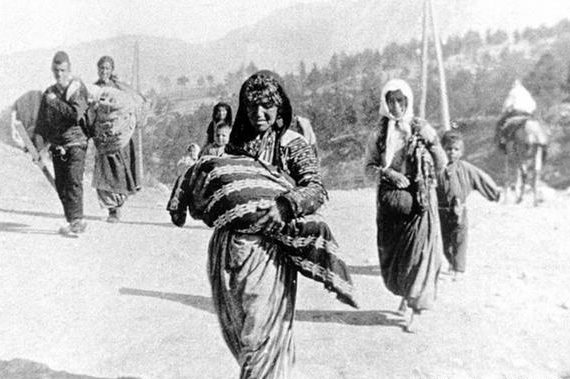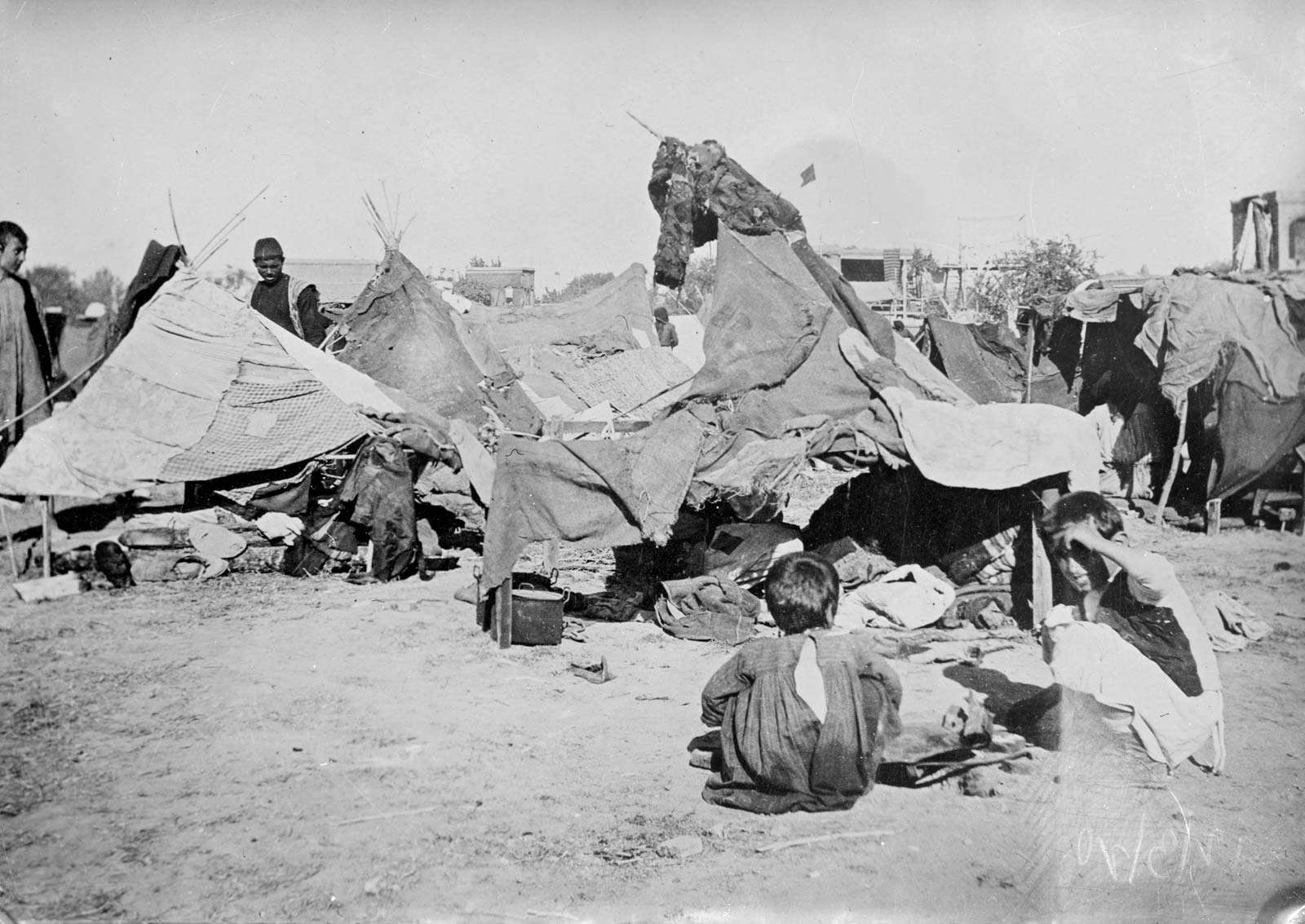The Armenian Genocide
History has recorded many different genocides. Even though there are many differences between those horrific events, they still share the same foundation: The idea of ethnic cleansing, racial and religious superiority as well as hostility towards others. Without doubt those ideas and their consequences are not a new concept and existed before 1944 as well but only then did the concept of genocide receive its name by the polish lawyer Raphael Lemkin (Kalny 2011, p. 99). Because of his Jewish origins and the fact that his family fell victim to the Holocaust, Lemkin and other lawyers made many efforts to achieve official recognition for the term. The Armenian Genocide initiated the identification of the meaning since (Fleming 2003, p. 97). Genocide can be described as a crime against humanity, that attempts to “destroy, in whole or in part, a national ethnical, racial or religious group” (Hovhannisyan 2010, p. 5). Contrary to the Holocaust, the facts about the Armenian Genocide are not as widely spread internationally which is why there are outlined here shortly.
Before the 19th Century, Western Armenia was under Ottoman rule for Centuries already, while Eastern Armenia belonged to the Russian Empire (Hovhannisyan 2010, p. 6). While the first centuries under Ottoman rule were relatively peaceful, the end of the 19th and the beginning of the 20th Century changed the attitude in the empire towards the Armenians and other Christian ethnicities. Since the overall plan of the Ottoman rulers was to combine all the Turkish-speaking nations in the Caucasus region and turkify every non-Turkish person, Christian citizens were seen as an enemy because of their non-Muslim identity. In fact, there were already massacres happening before the Armenian Genocide was planned (Hovhannisyan 2010, p. 7). Albeit, the extermination plan was only formed under the Young Turkish regime, the situation was additionally aggravated by the unwillingness of some Armenians to participate in World War I with the Turkish soldiers. This refusal increased the hatred towards Armenians in the Ottoman empire (Hovhannisyan 2010, p. 7). Talat Pasha and Enver Pasha from the Young Turk regime were the ones who organized the genocide to which ultimately, on official count, one and a half million Armenians fell victim to from 1915 to 1923 (Hovhannisyan 2010, p. 8).
Fundamentally, the Armenian Genocide can be divided into different phases starting on the 24th of April 1915, the official day of commemoration. During the first phase Armenian so called leaders and intellectuals were arrested and killed to take away any kind of guidance, hope or will to resist from the Armenian community in the empire. The second phase consisted of allegedly drafting all
Armenian men for military service but instead they were forced to work and were killed afterwards. Finally, the last phase and the one that my thesis is going to be focusing on is the deportation of women, children and elderly people. They were sent on a death march through the desert, which many of them did not survive (Hovhannisyan 2010, p. 8). It is important to note that the genocide of the Armenian people was not a secret and many eyewitness accounts exist as well as diplomats who spoke about it, including the British prime minister Winston Churchill (Hovhannisyan 2010, p. 9). However, to this day the Turkish government denies the Armenian Genocide of the past Ottoman Empire and is speaking about resettlements instead. Many “truths that were certain at the time and the object of international attention were transformed into speculation, rumors and uncertainties” (Cohen quoted in Hovhannisyan 2010, p. 25). This circumstance is important to remember since it influences memory culture on the Armenian Genocide greatly. For instance, this could be one reason why so much attention is given to the commemoration by the Armenian community.



